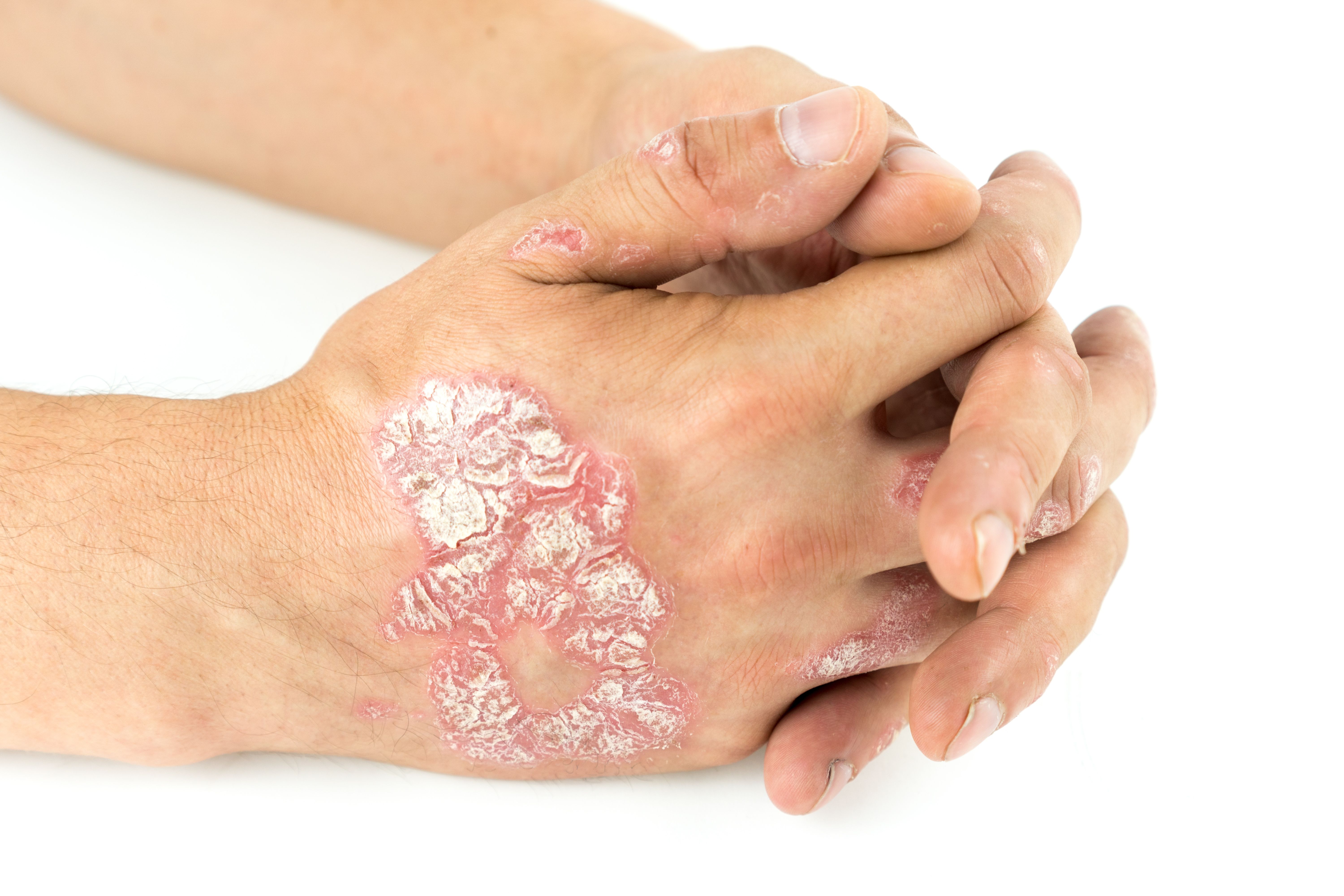Article
Study Summary: Factors Associated With Acute Medication Overuse in People With Migraine
Background
Excessive use of medication to treat acute migraine is linked to higher levels of pain and disability, development of medication-overuse headache, and other problems. Acute medication overuse (AMO) with some drug classes also increases the risk of progression from episodic migraine (<15 headache days per month) to chronic migraine (≥15 headache days per month). AMO can occur with many acute headache medications, but the risk is highest with opioids and combination analgesics that contain barbiturates.1
The Migraine in America Symptoms and Treatment (MAST) study was a longitudinal, cross-sectional survey of adults in the United States with migraine. In this study, investigators analyzed MAST study data to determine the rate of AMO in the study population and identify factors related to AMO.1
Methods
Patients included in the MAST study were adults with migraine (according to American Migraine Study and American Migraine Prevalence and Prevention Study criteria) who reported at least 3 headache days per month for the past 3 months and at least 1 headache in the preceding month. The analysis of AMO summarized here included MAST study participants who were currently taking headache treatment medication and who reported how many days per month they used headache medication. Criteria for the presence of AMO were defined according to the International Classification of Headache Disorders, Third Edition beta. Participants were included in the AMO group if they reported using a triptan, opioid, barbiturate, isometheptene, ergot alkaloid, or a combination analgesic at least 10 days per month or using a nonsteroidal anti-inflammatory drug (NSAID) or simple analgesic at least 15 days per month.1
Results
The MAST study included 13,649 respondents, most of whom were women (72.9%) and white (81.9%), with a mean age of 43.4 years. A total of 15.4% of the study population met the criteria for AMO. Compared with non-AMO patients, those in the AMO group were more likely to be taking acute headache medications of all classes except NSAIDs (AMO vs non-AMO: triptans, 31.3% vs 14.2%; opioids, 23.8% vs 8.0%; barbiturates, 7.8% vs 2.7%; and ergot alkaloids, 3.1% vs 0.6%) and were less likely to be taking NSAIDs (63.3% vs 69.8%). Compared with non-AMO patients, AMO patients were older (mean age, 45.8 vs 43.0 years), more likely to be men (29.5% vs 26.6%), more likely to be smokers (18.5% vs 10.0%), and more likely to have symptoms of depression and/or anxiety (39.5% vs 20.2%). Patients in the AMO group also had a higher body mass index (mean, 28.9 vs 28.1), were more likely to be married (58.6% vs 54.3%), and were less likely to have a 4-year college degree (51.7% vs 60.0%) (all comparisons, P <.001 except percentage of men, P <.01).1
Compared with participants who did not overuse headache medicine, those in the AMO group had more monthly headache days (mean, 12.9 vs 4.3 days), higher scores on the Migraine Symptom Severity Scale (17.8 vs 16.4), higher pain intensity scores (7.4 vs 6.5), and were more likely to have ictal cutaneous allodynia (53.7% vs 37.5%) (all comparisons, P <.001). When adjusted for monthly headache days, the chances of being in the AMO group were increased by each extra year of age (odds ratio [OR], 1.02; 95% CI, 1.02-1.03), being married (OR, 1.19; 95% CI, 1.06-1.34), smoking (OR, 1.54; 95% CI, 1.31-1.81), having symptoms of depression and/or anxiety (OR, 1.62; 95% CI, 1.43-1.83), having cutaneous allodynia (OR, 1.22; 95% CI, 1.08-1.37), experiencing more severe migraines (OR, 1.06; 95% CI, 1.04-1.09), and experiencing higher pain intensity (OR, 1.27; 95% CI, 1.22-1.32). Cutaneous allodynia increased the odds of AMO in men (OR, 1.61; 95% CI, 1.28-2.03) but not in women (OR, 1.08; 95% CI, 0.94-1.25).1
Discussion
Determining factors associated with AMO can help healthcare providers identify patients at higher risk of developing AMO. The authors noted that although a cross-sectional analysis cannot show causal relationships, the factors identified could indicate areas where intervention may be helpful to reduce the risk of AMO.1
Some of the results (such as the 15.4% rate of AMO among patients with migraine) aligned with those of other studies. To the authors’ knowledge, the association of AMO with allodynia in men but not women was a new finding. The authors suggested that additional studies are needed to further evaluate this sex-related difference.1
Reference
1. Schwedt TJ, Alam A, Reed ML, et al. Factors associated with acute medication overuse in people with migraine: results from the 2017 Migraine in America Symptoms and Treatment (MAST) study. J Headache Pain. 2018;19(1):38. doi:10.1186/s10194-018-0865-z.

Update on Migraine Patient Care Challenges During the Pandemic

CGRP Inhibitors: A Promising New Class of Drugs for Migraine



